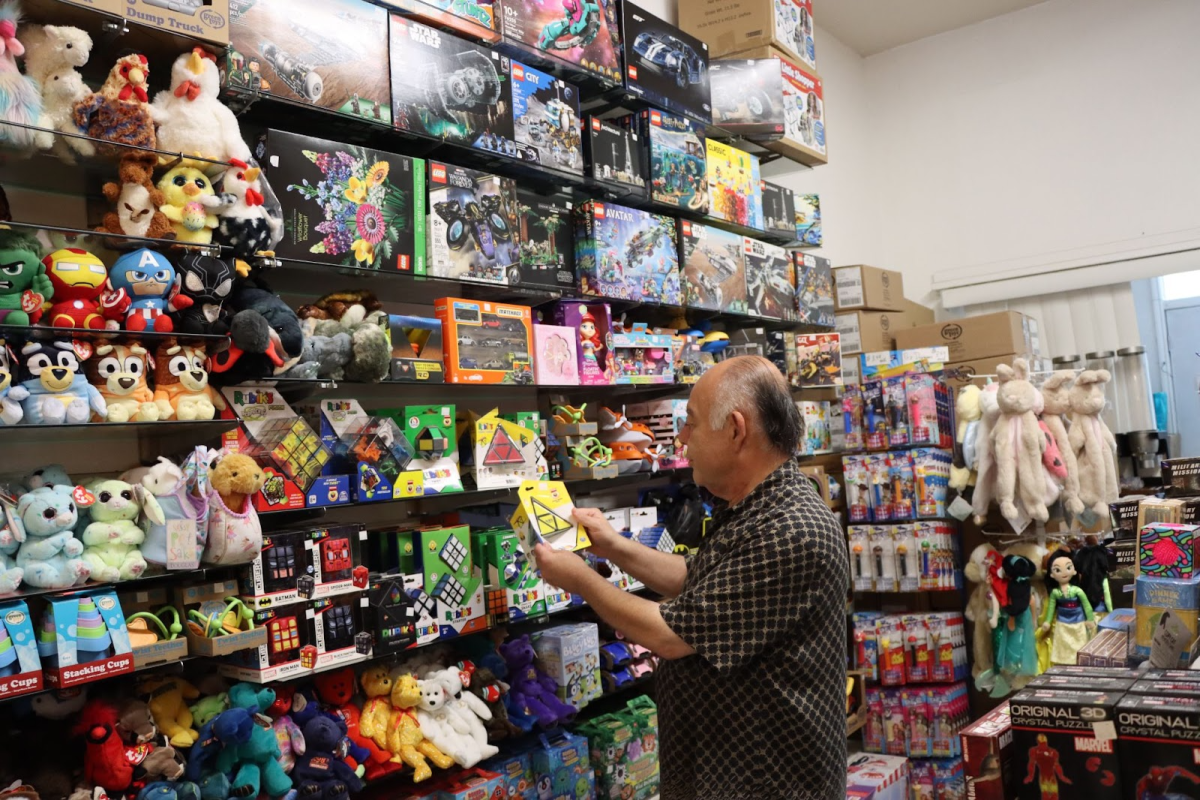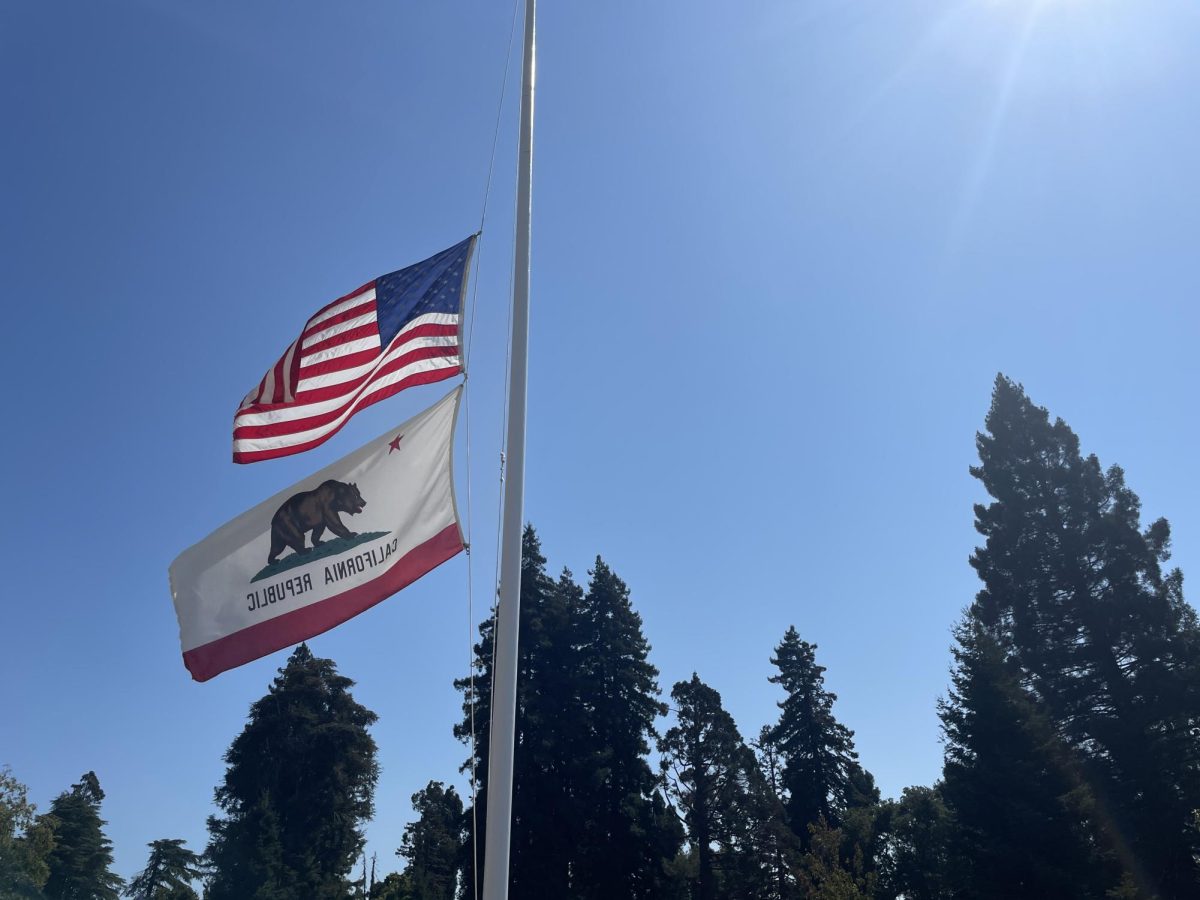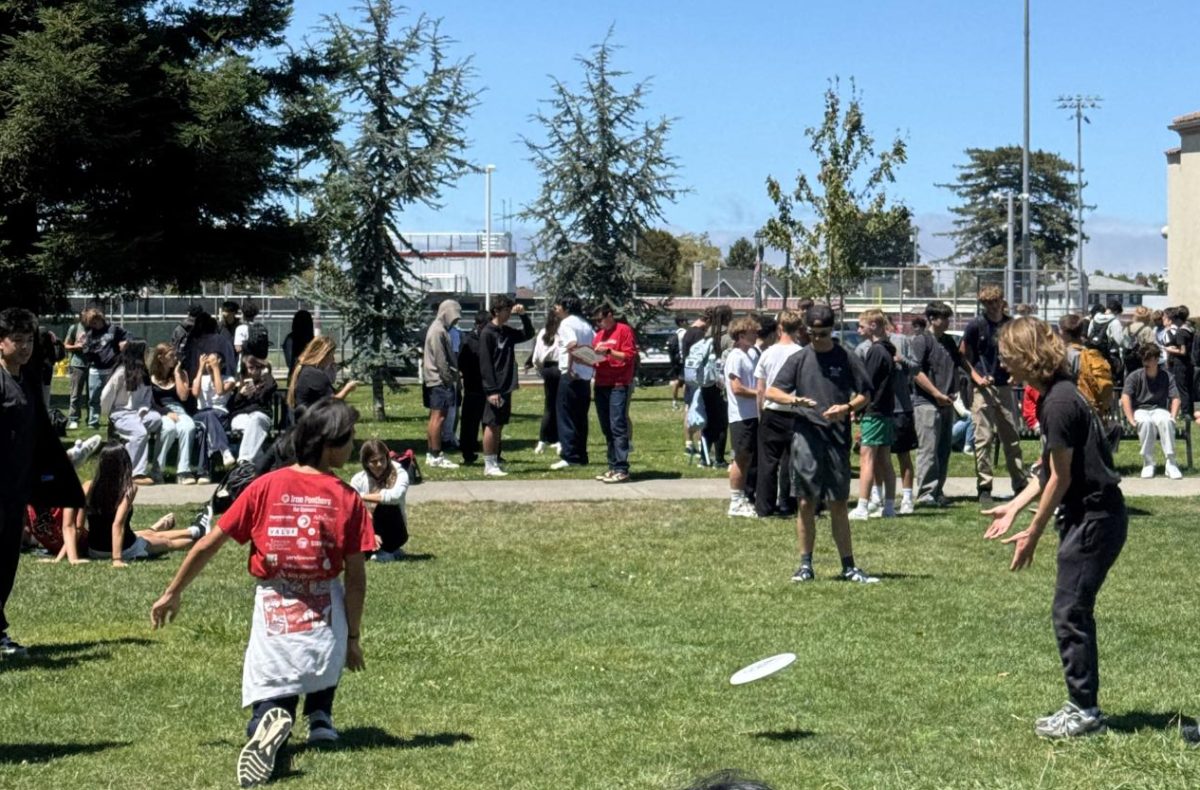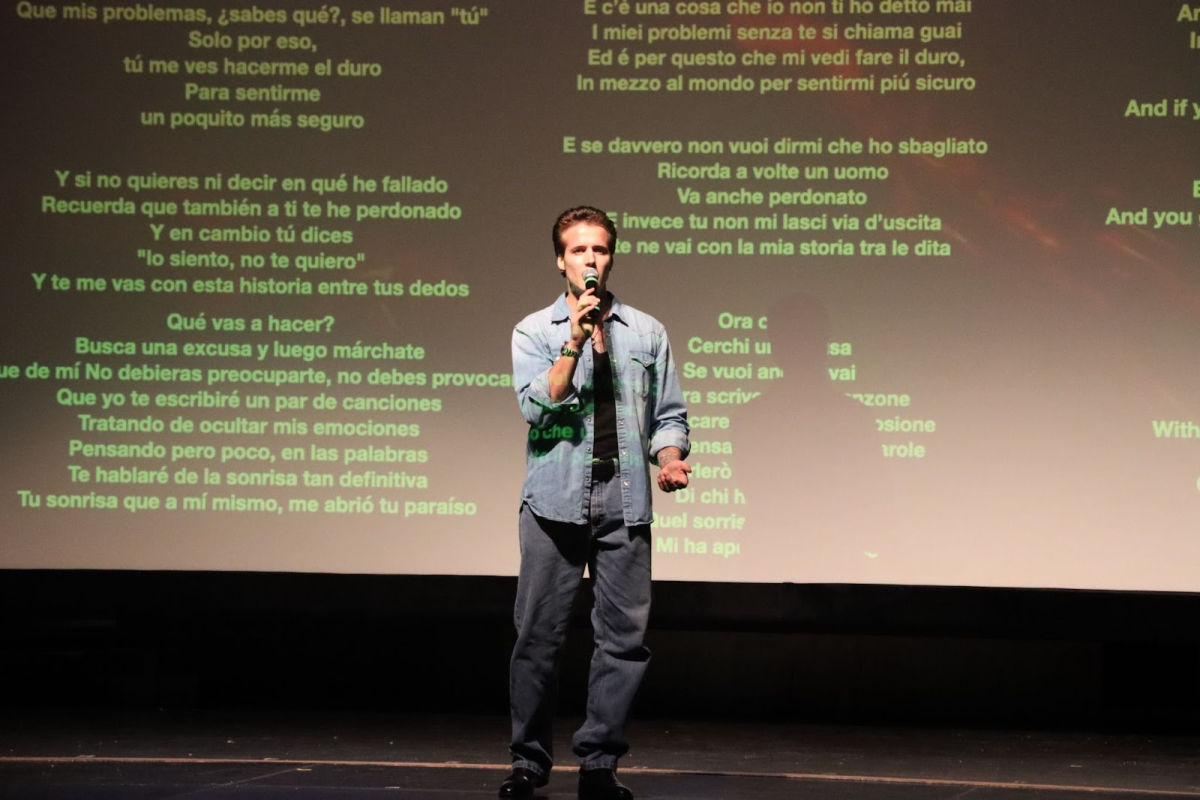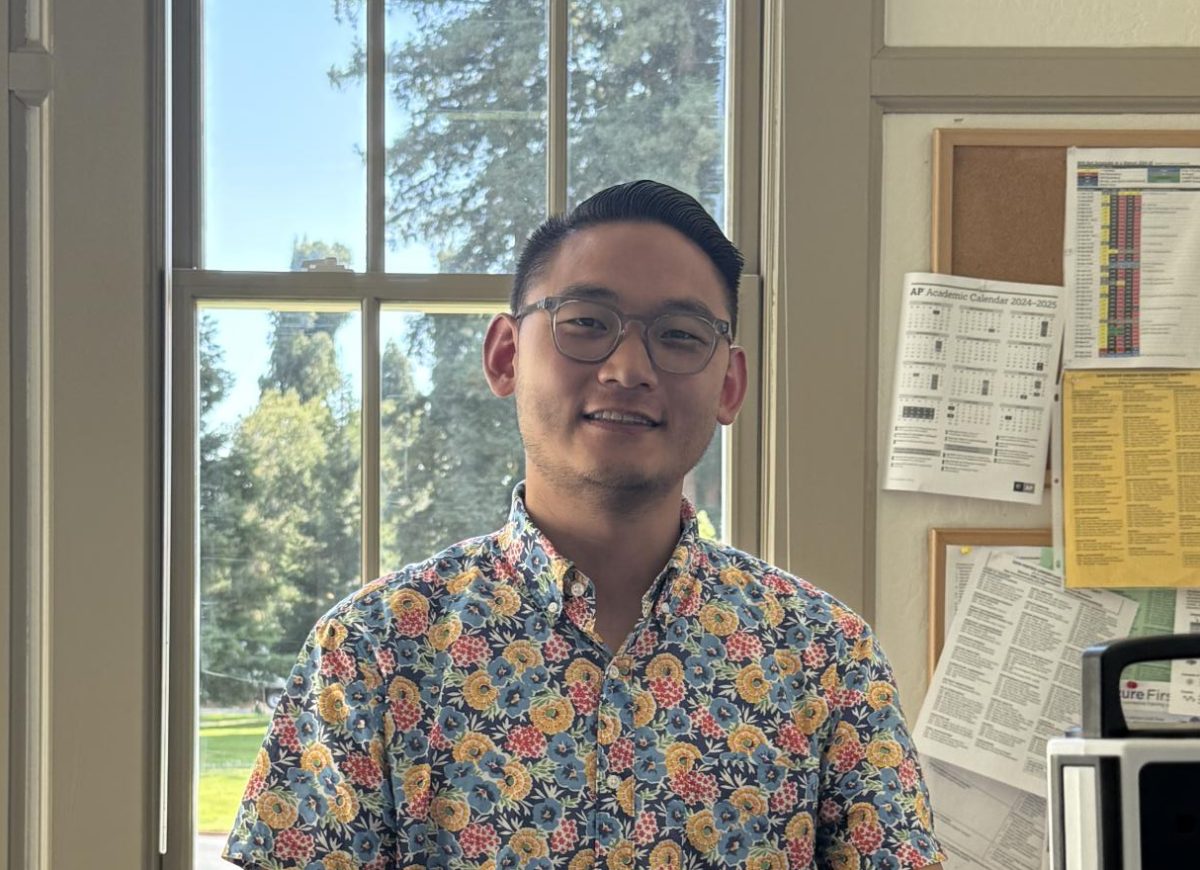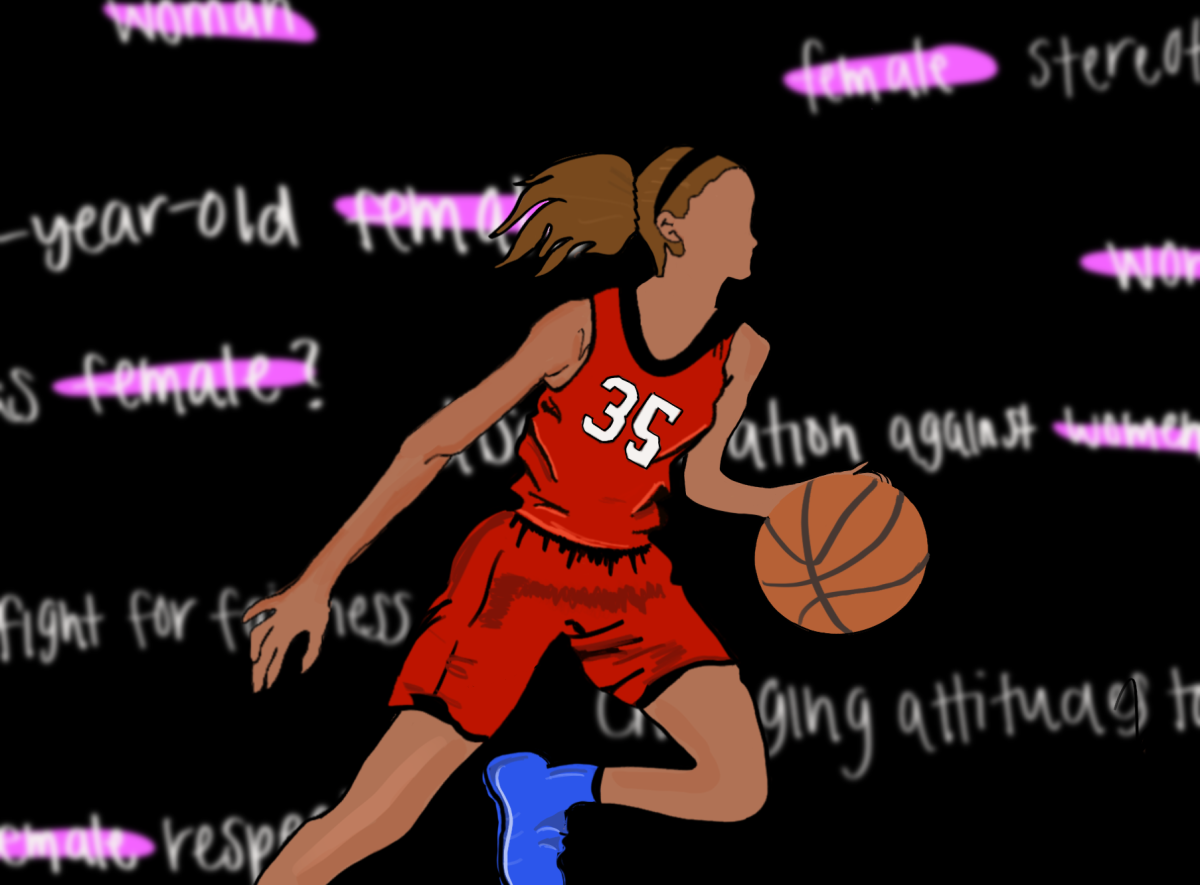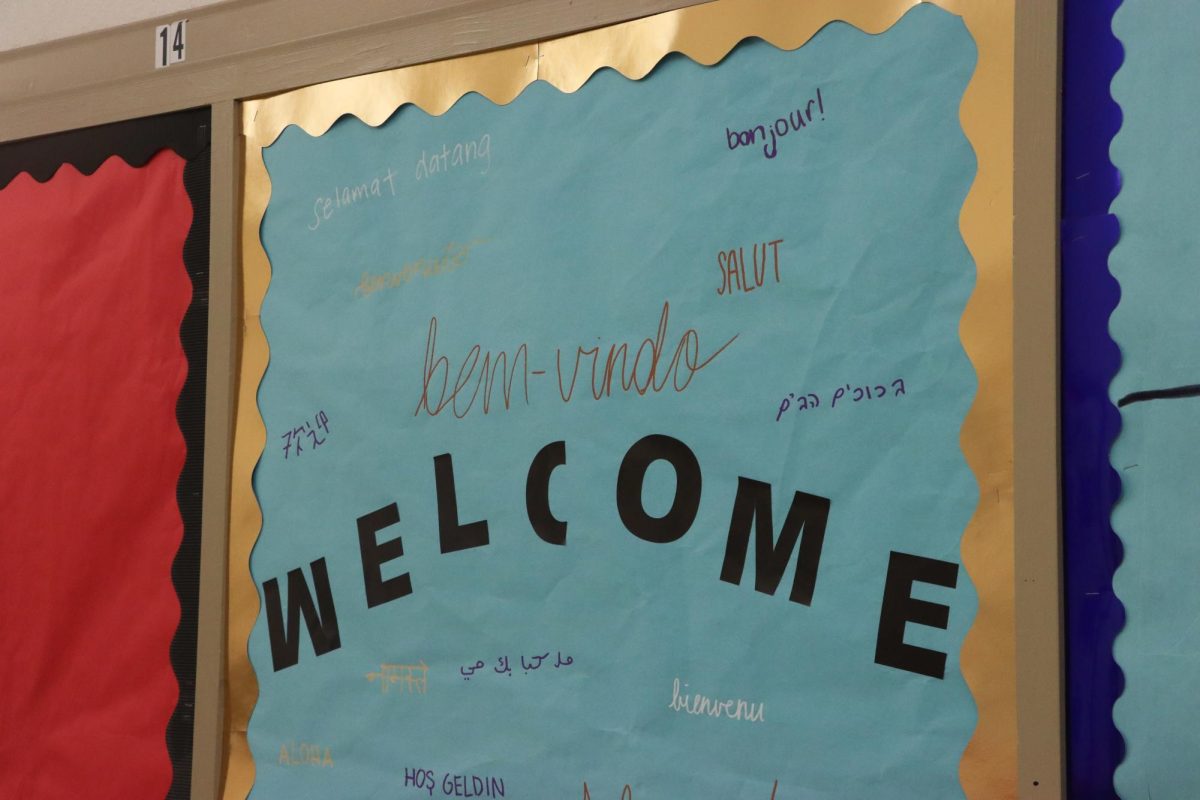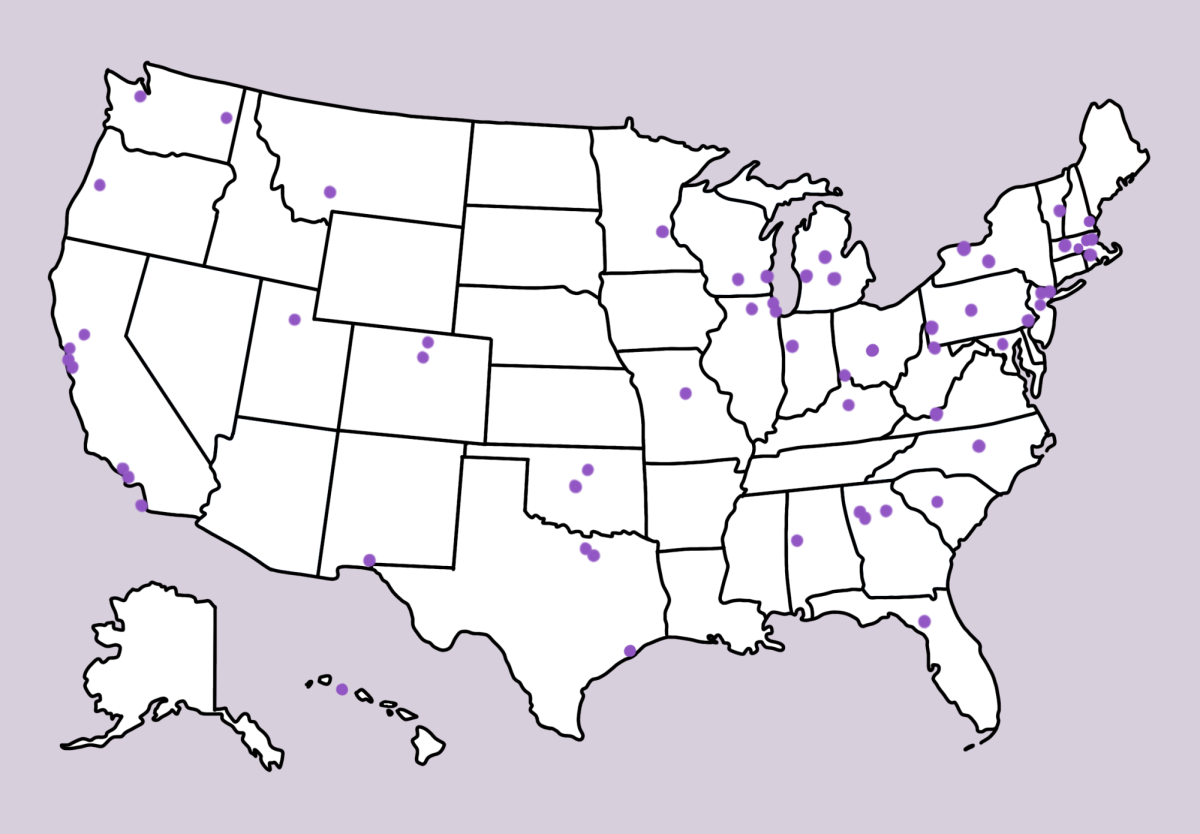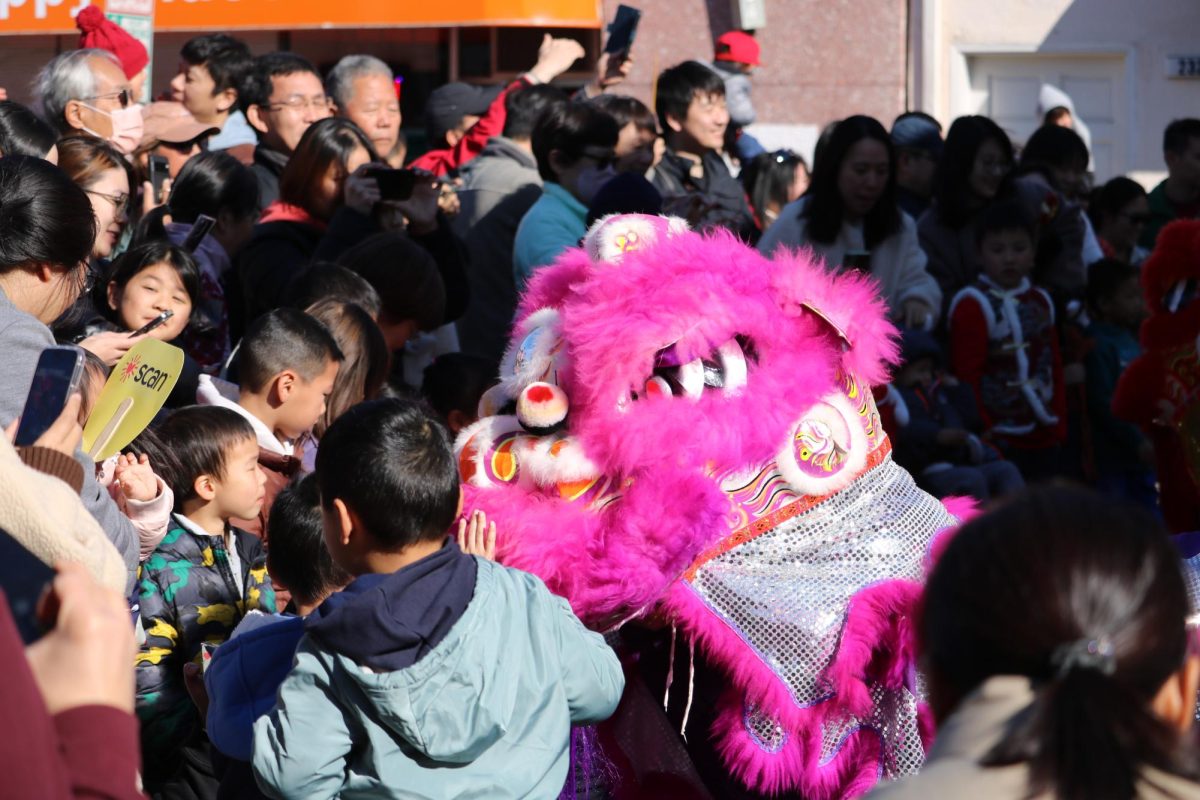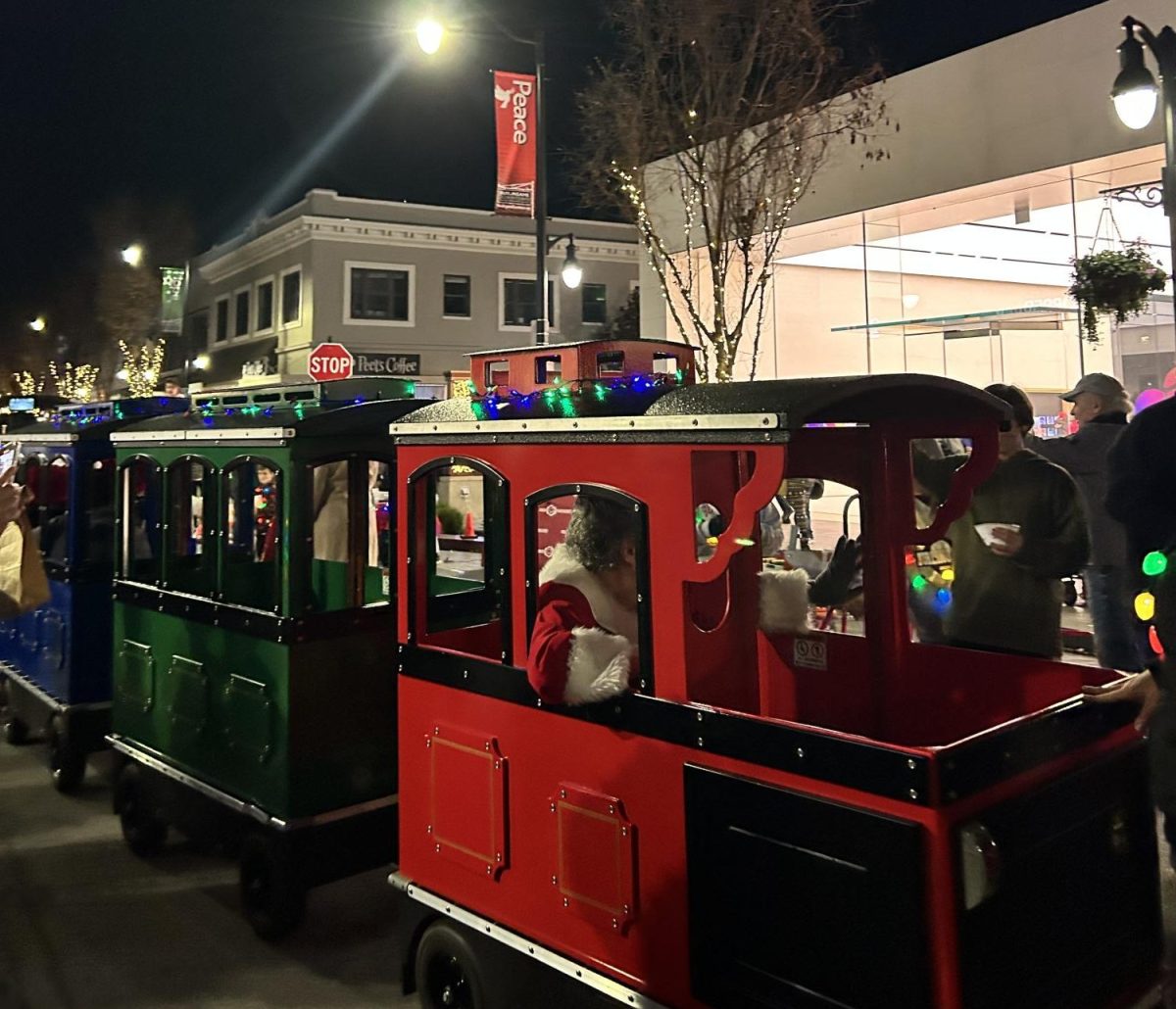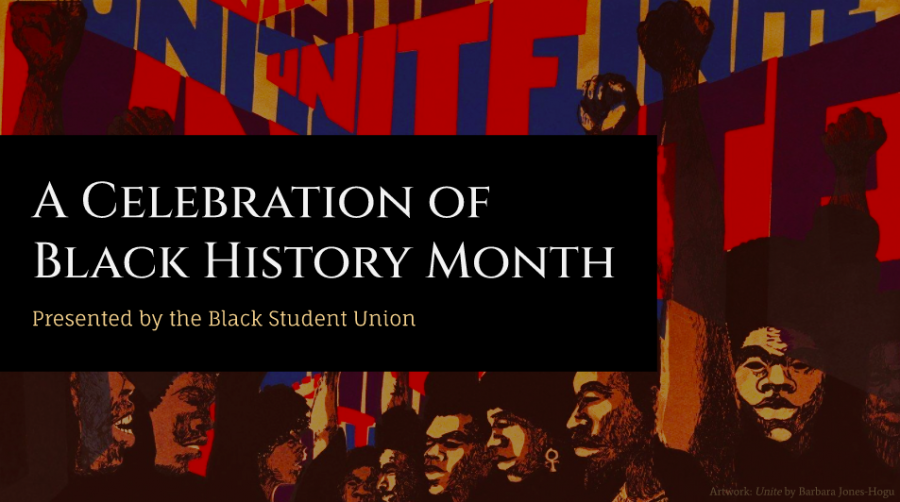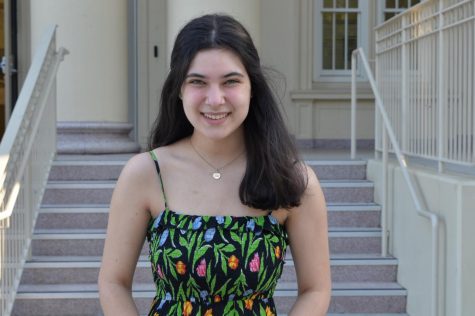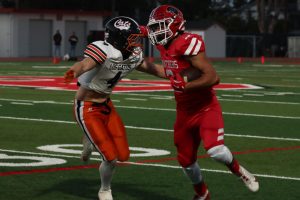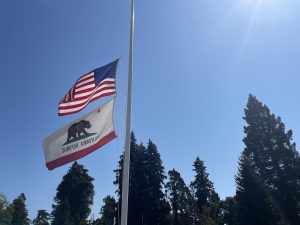Going beyond MLK: BSU celebrates Black History Month
Photo courtesy of BHS Black Student Union
The title slide of the BSU’s Black History Month presentation which was shared with the Burlingame High School community on Canvas and via email at the beginning of February.
March 4, 2021
Burlingame’s Black Student Union (BSU) is taking strides to make the month of February memorable and informative for the school community. The Burlingame chapter was started in October 2019 by senior Tyler Johnson, who, after moving from Florida to Burlingame, was disheartened by the racial disparities at the school and sought to make effective, long-lasting change.
Johnson initially faced difficulties recruiting members for the club and found that the small population of students of color had little interest in the BSU, which he mainly attributes to cultural assimilation. Also, students not of color misconstrued that they had to be Black in order to join.
“I grew up knowing I’m Black, and I’m so honored to be that because there’s beauty in the struggle,” Johnson said.
Since its founding, Johnson has worked to ensure all students know that they are welcome to join BSU and the club has since grown in numbers, and in passion.
Following the vandalism in September of 2019 where hate speech was spray painted on campus walls, the BSU organized a mural design contest and plans to paint the mural on the side of the library when students are allowed back on campus. The mural, designed by Estrella Arellano and Minaal Arain, depicts — and shares — a message of anti-racism and anti-hate. In celebration of Black History Month, the BSU has organized weekly Kahoot trivia games on Black history, an art competition, compiled playlist a of music by Black artists called “BHM4BHS” on Spotify for teachers to incorporate into lesson plans and created a slidedeck of Black history facts accompanied by art and graphics by Black artists. Of all the activities, the Friday Kahoot games have gotten the most traction so far.
“The quizzes, they’re not easy. I made them, so I made sure it’s like you’re not going to see stuff about Martin Luther King, you’re not going to see stuff about Obama, it’s going to be head-scratchers,” Johnson said.
Since Black History Month was first celebrated in 1970, the sentiment of educating and recognizing Black history and figureheads has become more widespread.
“I think the community should know about Black history because it is everyone’s history. This country has had Black people since the beginning, so if we want to acknowledge what has led us to become a nation today, we need to understand what Black people have done to make [the nation] this way, and their valuable contributions to society,” club member Dean Belhoucine said.
Both Johnson and Belhoucine criticize simplified approaches to celebrating Black History Month.
“We shouldn’t have just one or two mentions of Martin Luther King every year. We should treat Black history like we treat normal history, where we go more in depth on things that matter, and there are a lot of things in Black history that do matter,” Belhoucine said. “Martin Luther King is probably the main figure we learned about for the Civil Rights movement. We should learn about other people, not just Martin Luther King: Rosa Parks and Malcolm X. And, we shouldn’t just put a label on them and move on. It should be more than that.”
As calls for racial justice heighten, activists and allies put an emphasis on extending Black history into school curriculum and in year-round events.
“[Black History Month] is a time where people’s eyes are opened, and we’re hoping that doesn’t last just in February, we’re hoping it goes beyond,” Johnson said. “Because of my club, [Black History Month] is actually able to mean something to the students.”



